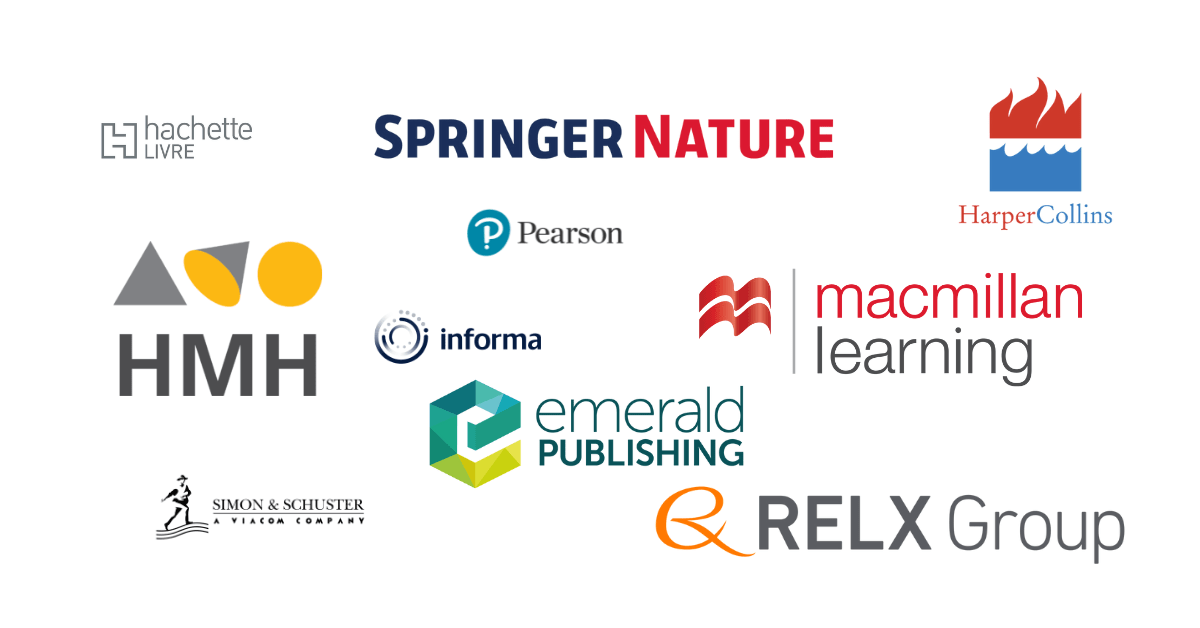The publishing industry is a cornerstone of cultural and intellectual development, serving as a bridge between authors and readers worldwide. From traditional book publishing to digital media platforms, companies in the USA, Europe, and Asia have been instrumental in driving innovation, creativity, and education.
Here’s an overview of leading publishing companies across these regions and how they contribute to shaping the global landscape of knowledge dissemination.
Publishing Industry in the USA: Innovation and Digital Leadership
The United States is home to some of the largest and most influential publishing companies in the world. With a strong focus on innovation and technology, the American publishing sector is a leader in producing books, academic journals, and digital content.
Top Publishing Companies in the USA:
- Penguin Random House: A global giant with a diverse portfolio, publishing works across all genres, from fiction to non-fiction and children’s books.
- HarperCollins: Known for publishing some of the most notable authors and providing a strong presence in global markets.
- Simon & Schuster: A leader in book publishing, offering both print and digital formats across a wide range of categories.
- Wiley: A major academic and professional publisher, renowned for its educational content and scientific journals.
Trends in the US Market:
- E-Books and Audiobooks: Digital formats are growing rapidly, driven by consumer demand for convenience.
- Self-Publishing Platforms: Companies like Amazon Kindle Direct Publishing empower independent authors.
- Diversity and Inclusion: There’s an increasing focus on publishing diverse voices and stories.
Publishing Industry in Europe: Tradition Meets Modernity
Europe boasts a rich history in publishing, with some of the oldest publishing houses in the world. The region’s companies blend traditional craftsmanship with modern technologies to cater to global audiences.
Top Publishing Companies in Europe:
- Hachette Livre (France): One of the largest publishing groups in the world, known for producing high-quality literature, education, and reference books.
- Springer Nature (Germany): A leader in academic publishing, focusing on scientific, technical, and medical content.
- Pearson (UK): Specializing in educational content, Pearson is a global leader in textbooks and digital learning tools.
- Bertelsmann (Germany): The parent company of Penguin Random House, with a strong focus on digital media and global publishing.
Trends in the European Market:
- Educational Publishing: Europe leads in creating digital learning resources for schools and universities.
- Translation and Localization: Companies are increasingly translating works to reach multilingual audiences.
- Sustainability: European publishers are adopting eco-friendly practices, such as using recycled paper and reducing carbon footprints.
Publishing Industry in Asia: Rising Powerhouses in the Global Market
Asia is rapidly emerging as a major player in the publishing industry, with its vast markets, diverse cultures, and growing literacy rates driving demand for books and educational content.
Top Publishing Companies in Asia:
- China Publishing Group Corporation (China): A leader in academic, cultural, and children’s book publishing.
- Kodansha (Japan): Known for manga, literature, and educational publishing, Kodansha has a global presence.
- Shinchosha (Japan): Renowned for its literary works and strong focus on fiction and cultural content.
- Thomson Press (India): Specializing in educational content, printing services, and publishing.
Trends in the Asian Market:
- Manga and Graphic Novels: Japan’s manga industry is a global phenomenon, with growing popularity across all age groups.
- Digital Adoption: E-books and mobile reading apps are becoming increasingly popular in countries like China and India.
- Government Support: Many Asian governments are investing in educational publishing to enhance literacy and learning outcomes.
Challenges and Opportunities in the Global Publishing Industry
The publishing industry faces several challenges, including:
- Digital Disruption: The rise of digital media has changed how people consume content, requiring traditional publishers to adapt.
- Piracy: Illegal distribution of books and digital content affects revenues, especially in emerging markets.
- Global Competition: Companies must innovate and localize content to remain competitive in diverse markets.
However, opportunities are abundant:
- Emerging Markets: Growing literacy rates in Asia and Africa present untapped potential for publishers.
- Cross-Platform Integration: Combining print, digital, and multimedia content can attract broader audiences.
- Cultural Exchange: Global publishing enables the sharing of diverse stories, enhancing cultural understanding and appreciation.
Conclusion: The Publishing Industry’s Global Impact
Publishing companies in the USA, Europe, and Asia are vital to fostering education, culture, and creativity worldwide. Whether through traditional print media, innovative digital platforms, or localized content, these companies continue to shape the way knowledge and stories are shared.
As technology advances and consumer preferences evolve, the publishing industry will remain at the forefront of connecting authors and readers, ensuring that stories, ideas, and knowledge transcend borders and inspire generations to come.
